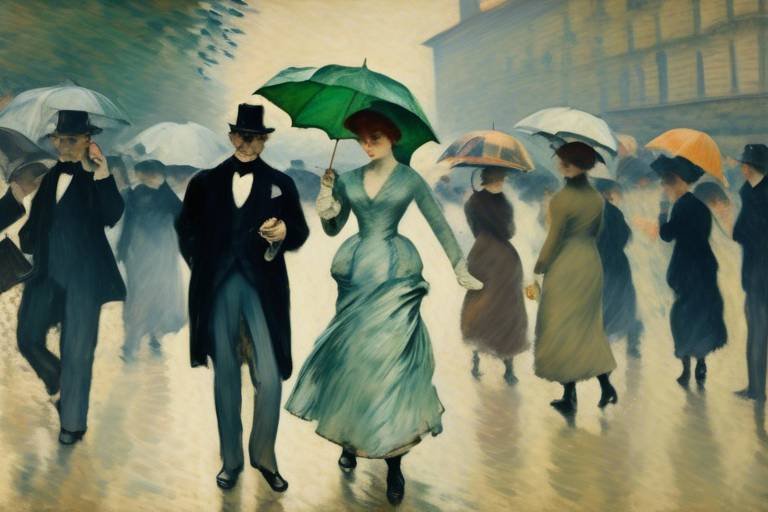The Cultural Impact of Jazz on American Music and Art
Jazz, with its soulful melodies and improvisational flair, has left an indelible mark on American music and art. From the smoky clubs of New Orleans to the bustling streets of New York City, jazz has woven itself into the cultural fabric of the United States, influencing not only the sounds we hear but also the images we see. This article aims to explore the profound impact of jazz on American creativity, delving into how this genre has shaped music genres, art forms, and societal norms over the decades.
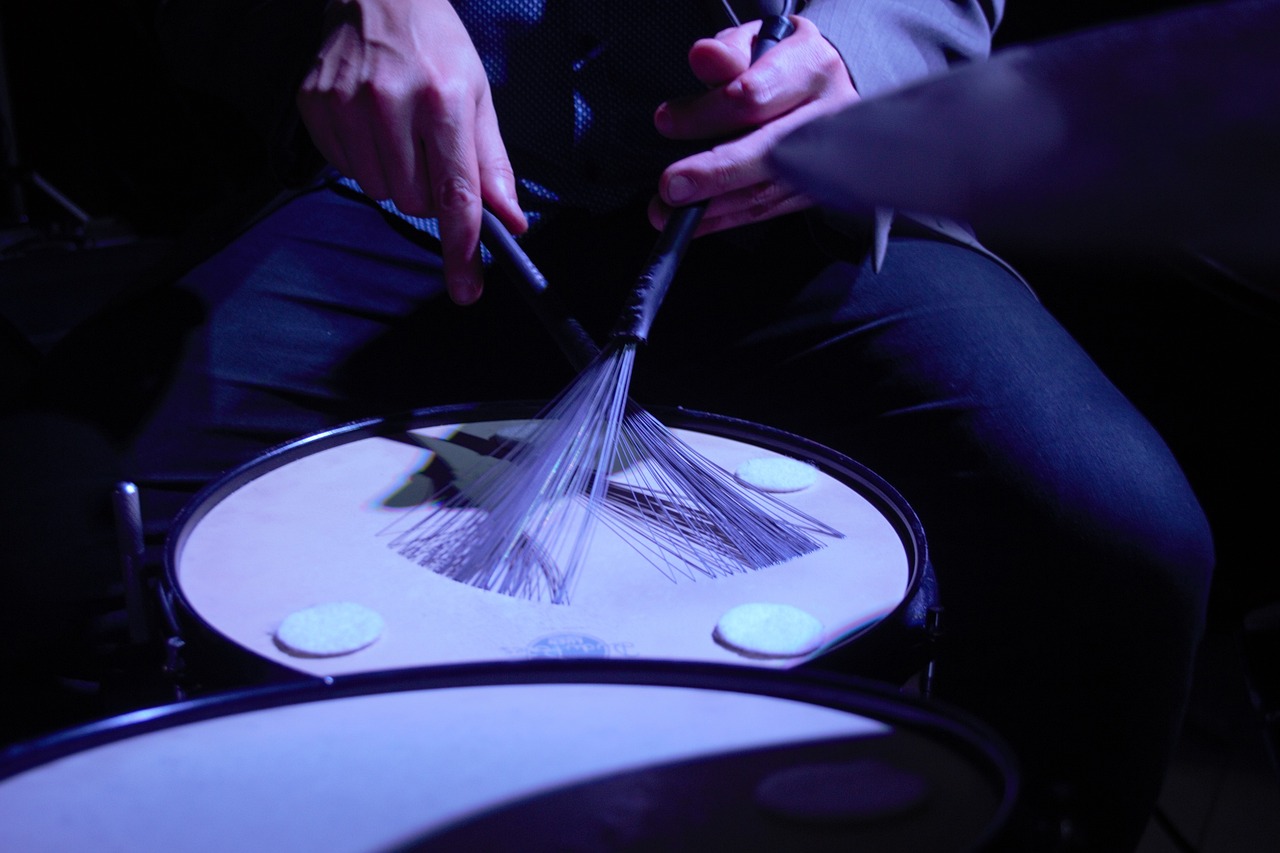
Origins of Jazz
Exploring how jazz music has influenced American culture, shaping music genres, art forms, and societal norms over the years. This article delves into the deep-rooted impact of jazz on the artistic landscape of the United States.
Tracing the historical roots of jazz music from its beginnings in African American communities in the late 19th century, highlighting its fusion of African rhythms, European harmonies, and improvisational styles. Jazz emerged as a vibrant and dynamic form of musical expression, blending diverse cultural influences to create a unique and captivating sound.
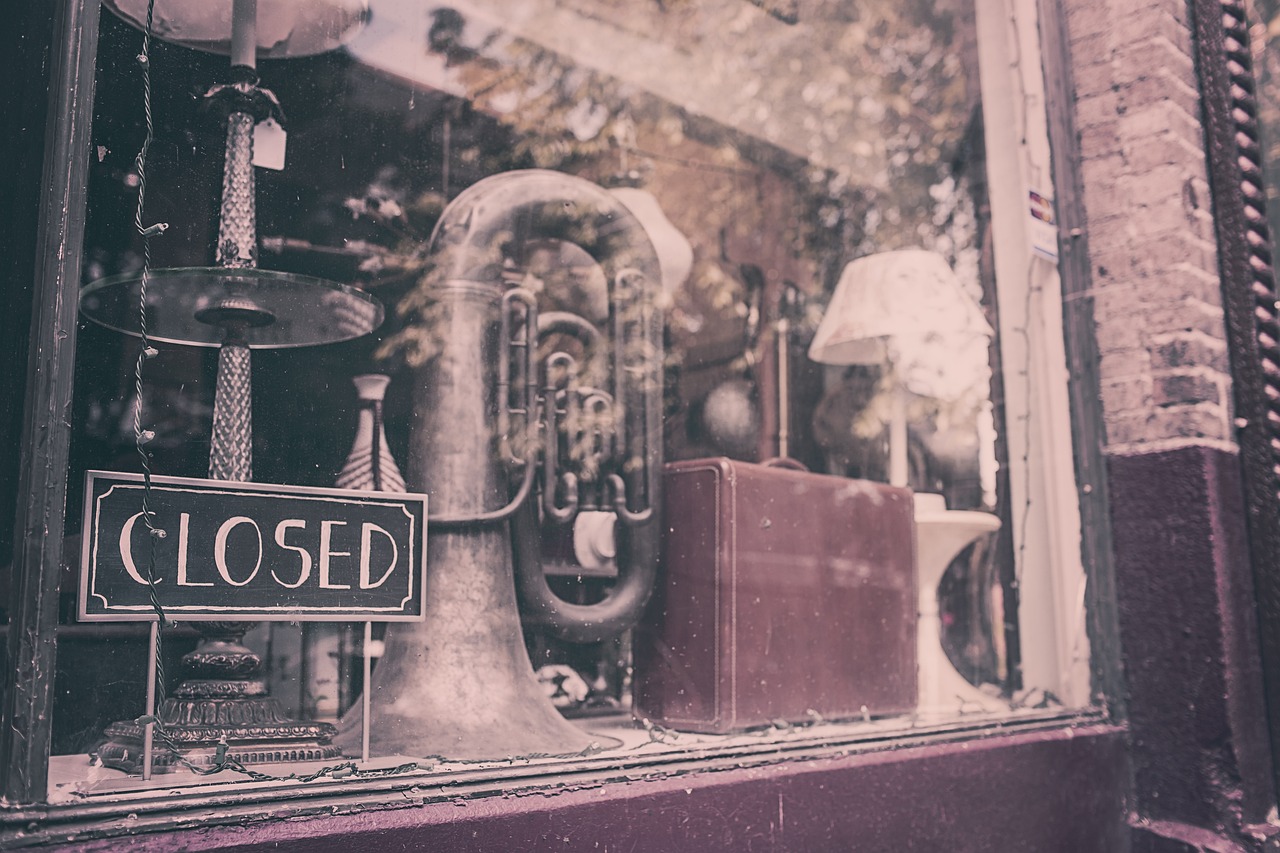
Jazz and the Harlem Renaissance
Jazz played a significant role during the Harlem Renaissance, a flourishing period of African American cultural and artistic expression in the 1920s. This era saw a renaissance of creativity in music, literature, and art, with jazz emerging as a powerful symbol of cultural identity and artistic innovation. The syncopated rhythms and improvisational nature of jazz resonated deeply with the spirit of the Harlem Renaissance, capturing the essence of African American experiences and struggles.
As jazz clubs and speakeasies thrived in Harlem, musicians like Duke Ellington, Louis Armstrong, and Bessie Smith became icons of the movement, using their music to reflect the social and cultural dynamics of the time. Jazz was more than just music during the Harlem Renaissance; it was a form of resistance, a celebration of black heritage, and a vehicle for social commentary.
The fusion of jazz with other art forms during this period was also remarkable. Visual artists drew inspiration from jazz music, creating vibrant and dynamic works that captured the energy and rhythm of the genre. Writers and poets infused their works with jazz motifs and themes, creating a rich tapestry of artistic expression that reflected the diversity and complexity of African American life.
Moreover, jazz became a unifying force within the Harlem community, bringing people together across racial and cultural divides. It transcended boundaries and stereotypes, creating a space where individuals could express themselves freely and authentically. Jazz was not just a form of entertainment; it was a way of life, a language that spoke to the soul and spirit of a generation seeking to redefine its place in American society.

Jazz Fusion and Experimentation
Jazz Fusion and Experimentation have been pivotal in the evolution of jazz music, pushing boundaries and creating innovative sounds that defy traditional conventions. Imagine jazz as a melting pot, blending with other genres like rock, funk, and hip-hop to create a unique and eclectic musical experience. This fusion of styles has led to the birth of experimental forms of music that challenge the listener's perception of sound and rhythm.
One of the key aspects of jazz fusion is its ability to incorporate elements from diverse musical traditions, creating a rich tapestry of sounds that captivate audiences worldwide. Picture jazz musicians collaborating with artists from different genres, seamlessly weaving together melodies, rhythms, and harmonies to create a harmonious blend of musical expression.
Through experimentation, jazz has transcended its traditional boundaries, embracing new technologies and innovative techniques to push the limits of musical creativity. Think of jazz as a musical laboratory, where musicians explore new sonic territories, improvising and innovating to create groundbreaking compositions that resonate with listeners on a profound level.
Overall, jazz fusion and experimentation have played a crucial role in shaping the evolution of jazz music, paving the way for new artistic possibilities and redefining the boundaries of musical expression. It continues to inspire musicians and audiences alike, showcasing the endless potential of creative collaboration and boundary-pushing innovation in the world of music.

Jazz Icons and Innovators
Exploring how jazz music has influenced American culture, shaping music genres, art forms, and societal norms over the years. This article delves into the deep-rooted impact of jazz on the artistic landscape of the United States.
Tracing the historical roots of jazz music from its beginnings in African American communities in the late 19th century, highlighting its fusion of African rhythms, European harmonies, and improvisational styles.
Examining the pivotal role of jazz during the Harlem Renaissance, a cultural movement that celebrated African American art, music, and literature, showcasing how jazz became a symbol of cultural pride and innovation.
Exploring how jazz evolved through fusion with other genres like rock, funk, and hip-hop, leading to experimental forms of music that pushed boundaries and redefined traditional notions of sound and rhythm.
Spotlighting influential jazz musicians such as Louis Armstrong, Duke Ellington, and Miles Davis, who revolutionized the genre with their unique styles, compositions, and improvisational techniques, leaving a lasting legacy on American music.
Investigating the intersection of jazz music with visual arts, from the vibrant paintings of Romare Bearden inspired by jazz rhythms to the avant-garde photography capturing the energy of jazz performances, illustrating how music influences art.
Analyzing the role of jazz in promoting social change and civil rights movements, as musicians used their platform to address issues of racial inequality, segregation, and discrimination, sparking conversations and inspiring activism.
Examining the enduring influence of jazz in modern culture, from its presence in film soundtracks and commercials to its impact on fashion, design, and popular music, showcasing how jazz continues to shape artistic expressions today.
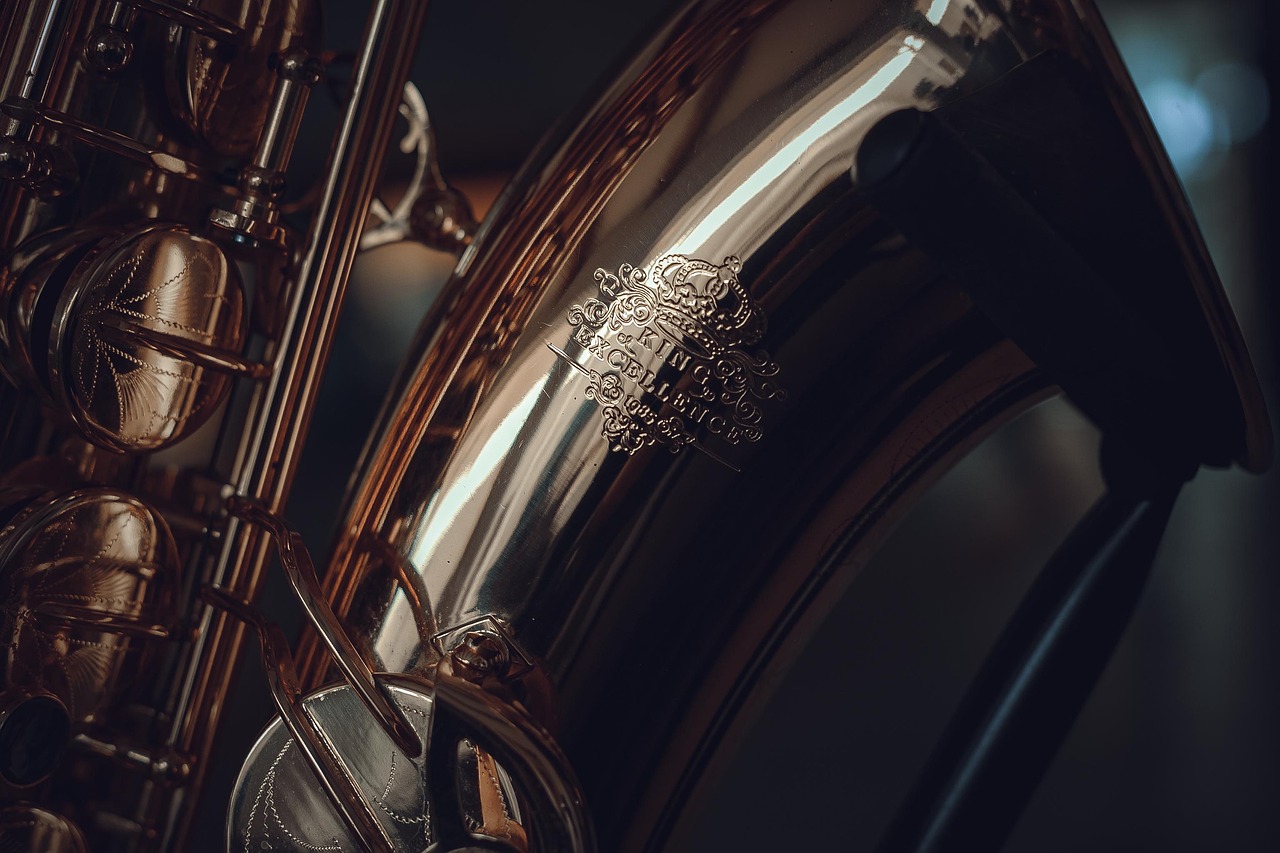
Jazz in Visual Arts
The relationship between jazz music and visual arts is a harmonious fusion that transcends traditional boundaries, creating a dynamic interplay of creativity and expression. Visual artists have long been inspired by the vibrant rhythms, improvisational spirit, and emotional depth of jazz, translating its essence onto canvas, paper, and film.
One prominent figure in this artistic dialogue is Romare Bearden, whose colorful collages and paintings are imbued with the syncopated energy of jazz music. Through fragmented shapes, bold colors, and rhythmic compositions, Bearden captured the essence of jazz, creating visual symphonies that resonate with viewers on a visceral level.
Similarly, photographers such as Herman Leonard and William Gottlieb documented the golden age of jazz through their lens, immortalizing iconic jazz musicians in moments of raw emotion and musical transcendence. Their black-and-white photographs not only captured the visual spectacle of jazz performances but also conveyed the soulful intensity and improvisational spirit of the music.
Moreover, the abstract expressionist movement of the mid-20th century drew inspiration from jazz improvisation, seeking to capture the spontaneity and emotional depth of the music on canvas. Artists like Jackson Pollock and Willem de Kooning embraced the fluidity and freedom of jazz in their gestural paintings, creating dynamic compositions that echoed the improvisational nature of jazz performances.
Furthermore, the influence of jazz on graphic design and typography is evident in album cover art and poster designs, where bold colors, dynamic shapes, and rhythmic patterns reflect the energy and vibrancy of jazz music. From the iconic Blue Note Records album covers designed by Reid Miles to the psychedelic posters of the 1960s jazz festivals, visual artists have translated the sonic experience of jazz into captivating visual narratives.
In essence, jazz in visual arts represents a symbiotic relationship between sound and sight, where artists translate the intangible qualities of music into tangible forms that evoke a sense of rhythm, movement, and emotion. By capturing the essence of jazz through their creative expressions, visual artists have enriched the cultural tapestry of American art, creating a lasting legacy that resonates across artistic disciplines.
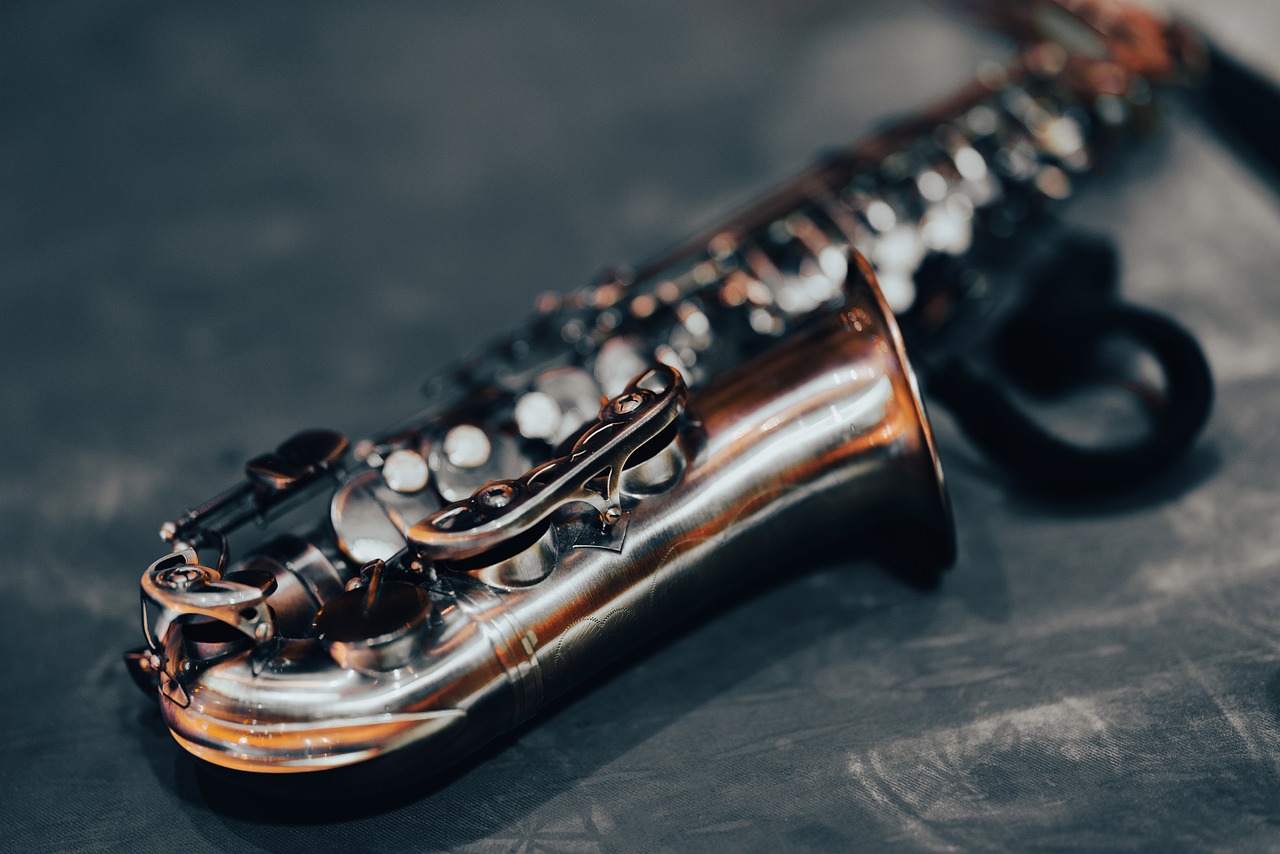
Jazz and Social Change
Jazz music has always been more than just melodies and rhythms; it has been a powerful tool for social change. From its early days in the African American communities to its prominence in the civil rights movements, jazz has served as a voice for the marginalized and oppressed. Musicians like Billie Holiday, Nina Simone, and John Coltrane used their music to address issues of racial inequality, segregation, and discrimination, sparking conversations and inspiring activism.
Imagine the impact of a jazz performance in a segregated society, where the music transcended boundaries and brought people together, challenging the status quo. Jazz became a symbol of resistance and resilience, a soundtrack for the fight against injustice. It was through the improvisational nature of jazz that musicians found a way to express their frustrations, hopes, and dreams without uttering a single word.
As jazz spread across the nation, it carried with it a message of unity and equality. Clubs and venues that hosted jazz performances became spaces where people of all races could come together and enjoy the music without prejudice. Jazz musicians, often seen as cultural ambassadors, used their platform to advocate for social change, pushing the boundaries of what was deemed acceptable in society.
The influence of jazz on social change extended beyond the music itself. Jazz aesthetics, from the cool sophistication of bebop to the raw energy of free jazz, challenged conventional norms and paved the way for new forms of artistic expression. Visual artists, poets, and writers drew inspiration from the spirit of jazz, creating works that reflected the struggles and triumphs of the time.
Through its connection to social movements and activism, jazz became a force for change, a beacon of hope in turbulent times. The legacy of jazz in promoting social justice continues to resonate today, reminding us of the power of music to shape our world and inspire movements for a better tomorrow.

Jazz in Contemporary Culture
Jazz, with its rich history and diverse influences, continues to resonate in contemporary culture, permeating various aspects of society. From the smooth melodies of a saxophone in a coffee shop to the upbeat rhythms of a jazz ensemble at a music festival, jazz has maintained its allure and relevance in today's artistic landscape. Its versatility allows it to seamlessly blend with different art forms and mediums, creating a dynamic cultural tapestry that captivates audiences worldwide.
One notable area where jazz thrives in modern culture is in film soundtracks. Directors often incorporate jazz music to evoke specific moods or enhance storytelling, adding depth and emotion to cinematic experiences. Whether in classic films like "La La Land" or contemporary hits like "Whiplash," jazz soundtracks have the power to transport viewers into the heart of the narrative, creating a sensory journey that lingers long after the credits roll.
Moreover, jazz's influence extends beyond the realm of music and film, making its mark in the world of fashion and design. The improvisational nature of jazz inspires designers to push boundaries, experiment with textures, colors, and patterns, and create avant-garde collections that mirror the genre's spontaneity and vibrancy. From haute couture runways to street style trends, jazz-inspired fashion celebrates individuality, creativity, and the fusion of tradition with innovation.
Furthermore, jazz continues to shape popular music genres, serving as a source of inspiration for contemporary artists across diverse musical landscapes. Elements of jazz can be heard in hip-hop beats, pop melodies, and electronic compositions, showcasing the genre's enduring influence and adaptability. By infusing jazz elements into their music, artists pay homage to the genre's legacy while reinventing it for modern audiences, creating a fusion of old and new that resonates with listeners of all ages.
In essence, jazz in contemporary culture is a testament to the genre's timeless appeal and transformative power. As it continues to evolve and reinvent itself, jazz remains a symbol of artistic freedom, cultural diversity, and creative expression, enriching the cultural fabric of society and inspiring generations to come.
Frequently Asked Questions
- What are the origins of jazz music?
Jazz music originated in the late 19th century within African American communities, blending African rhythms, European harmonies, and improvisational styles to create a unique and vibrant musical genre.
- How did jazz impact the Harlem Renaissance?
Jazz played a pivotal role during the Harlem Renaissance, becoming a symbol of cultural pride and innovation within the African American community, influencing art, music, and literature of the time.
- Who are some influential jazz musicians?
Notable jazz musicians include Louis Armstrong, Duke Ellington, and Miles Davis, who revolutionized the genre with their distinct styles, compositions, and improvisational techniques, leaving a lasting legacy on American music.
- How has jazz influenced visual arts?
Jazz has inspired visual artists such as Romare Bearden, whose vibrant paintings reflect jazz rhythms, and avant-garde photographers who capture the energy of jazz performances, showcasing the intersection of music and art.
- What is the role of jazz in promoting social change?
Jazz has been a powerful tool in promoting social change and civil rights movements, as musicians have used their platform to address issues of racial inequality, segregation, and discrimination, sparking conversations and inspiring activism.
- How does jazz continue to influence contemporary culture?
Jazz maintains a significant influence in modern culture through its presence in film soundtracks, commercials, fashion, design, and popular music, demonstrating how this genre continues to shape artistic expressions today.


















